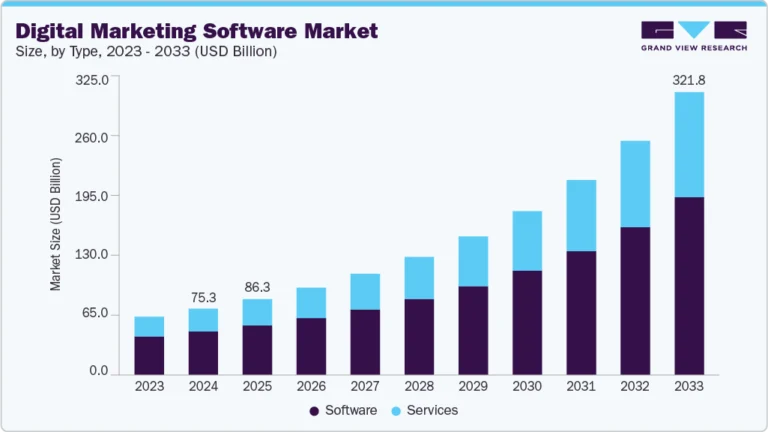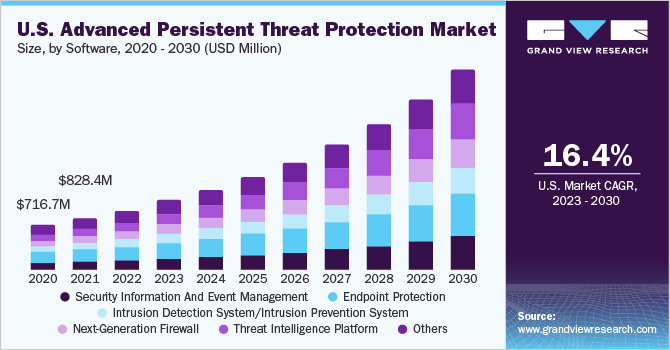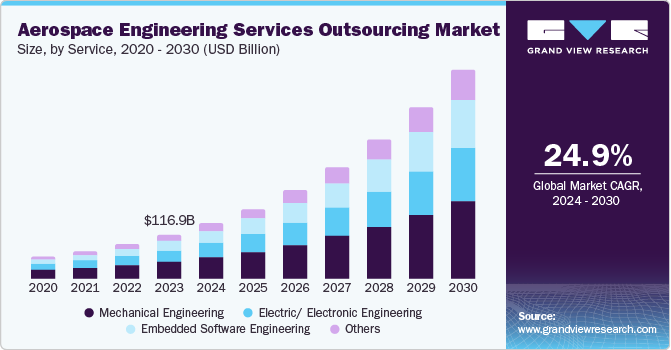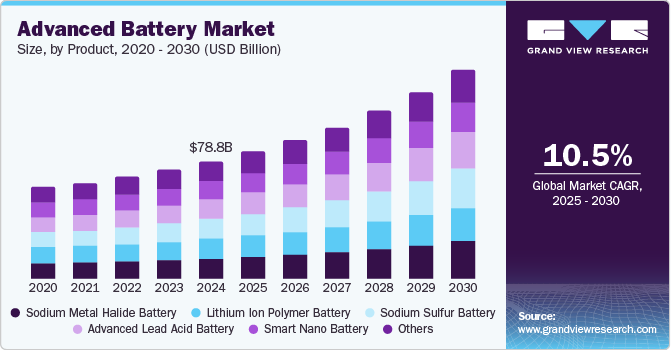Molded Interconnect Device Market Size, Share & Trends Analysis growing at a CAGR of 13.5% from 2024 to 2030

The global molded interconnect device market size was estimated at USD 1.91 billion in 2023 and is projected to grow at a CAGR of 13.5% from 2024 to 2030. Factors such as the trend towards miniaturization of electronic devices and the increasing demand for high-performance and lightweight components are driving the global market growth. A Molded Interconnect Device (MID) is an innovative electronic component that integrates mechanical and electronic functions into a single, three-dimensional (3D) structure. This is achieved by creating circuit traces directly onto the surface of a molded plastic part.
Request a free sample copy or view report summary: https://www.grandviewresearch.com/industry-analysis/molded-interconnect-device-market-report/request/rs1
The key advantages of MIDs include space-saving, weight reduction, and a decrease in the number of components. Unlike conventional PCBs, MIDs provide electrical connectivity on the surfaces of 3D structures. Consequently, MIDs are particularly beneficial in situations where traditional wiring is impractical due to space constraints. Moreover, by combining multiple functions into a single part, MIDs can reduce the number of components and assembly steps, potentially lowering manufacturing costs. The ability to create complex 3D shapes and integrate multiple functions into a single component provides greater design flexibility.
The trend towards smaller, more compact electronic devices necessitates advanced interconnect solutions that MID technology can provide. MIDs allow for more efficient use of space and integration of electronic components. Industries such as automotive, consumer electronics, and medical devices require high-performance yet lightweight components. MIDs, made from lightweight materials, meet these needs while maintaining performance standards.
The demand for customized electronic components is growing, and MIDs offer the flexibility to create bespoke designs that meet specific application requirements. MIDs are becoming more accessible for prototyping and low-volume production, allowing companies to experiment with innovative designs without significant upfront investment.
Government initiatives can have a significant positive impact on the molded interconnect device market. For instance, in February 2024, the Indian government launched the “Digital India FutureLABS” at the Digital India FutureLABS Summit 2024, emphasizing India’s progress from a technology consumer to a leader in developing next-generation electronics. The summit featured the announcement of 22 Memorandums of Understanding (MoUs) with companies like NXP Semiconductors and Qualcomm Technologies, Inc., aiming to strengthen India’s Electronics System Design and Manufacturing (ESDM) sector through innovation and collaboration in key areas such as Artificial Intelligence (AI), the Internet of Things (IoT), and quantum computing. Such initiatives can accelerate technological advancements and reduce the cost barriers associated with developing innovative MID solutions.
Process Insights
In terms of process, the market is classified into Laser Direct Structuring (LDS), two-shot molding, and others. The Laser Direct Structuring (LDS) segment dominated the target market in 2023 and accounted for more than 47.0% share of global revenue. The segment’s growth is attributed to advancements in technology and the design flexibility of LDS. Recent technological advancements in LDS, such as improved laser technology and more precise structuring techniques, are enhancing the capabilities and applications of LDS. These improvements increase the efficiency and quality of the manufacturing process. Moreover, LDS offers design flexibility, supporting the development of innovative and customized solutions and appealing to industries seeking unique and efficient designs.
The two-shot molding segment is projected to grow at the fastest CAGR of 14.0% from 2024 to 2030. The generally fast manufacturing speed through two-shot molding drives the segment’s growth. The two-shot injection molding process offers a notable advantage with its short processing times, making it a more cost-effective choice for projects involving large quantities. Additionally, it provides greater flexibility in 3D design, allowing for conductor paths to be integrated into areas that a laser might not be able to reach. Moreover, two-shot molding is particularly valuable for creating components that require multiple materials or colors in a single part. This capability is crucial in industries like automotive and consumer electronics, where complex, multi-functional components are increasingly demanded.






